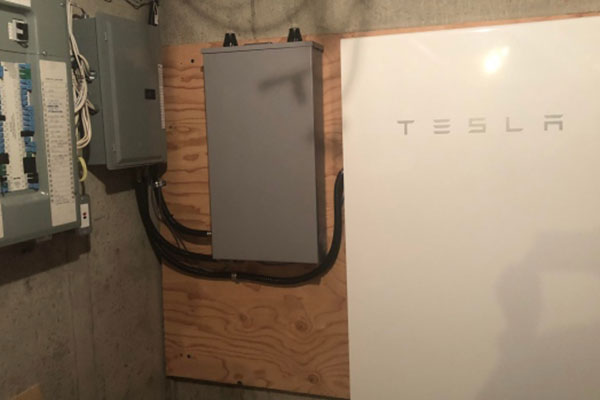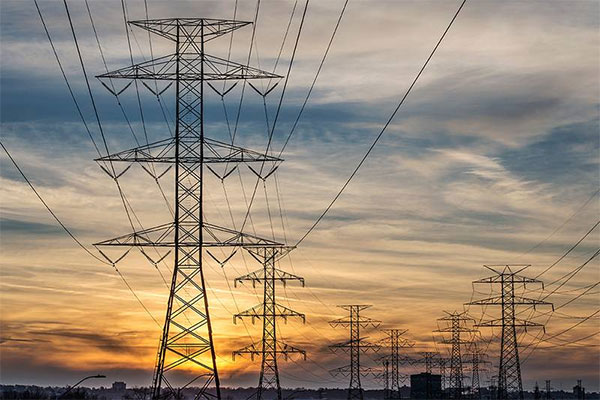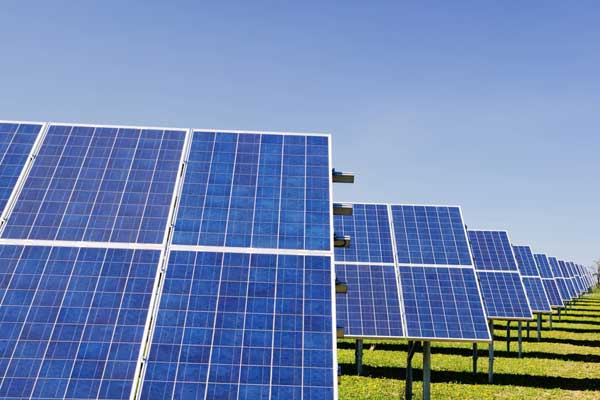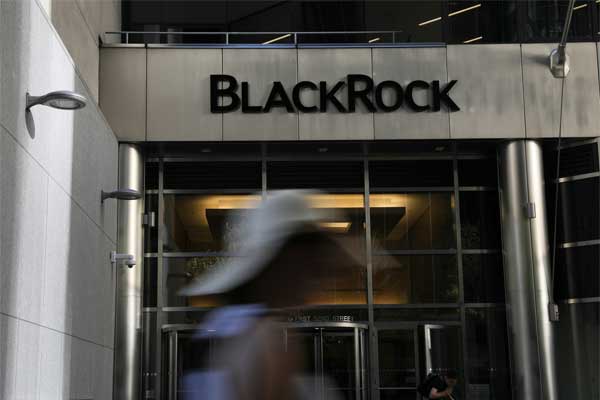Chris Taschuk installed solar panels on his farm near Pilot Butte, Saskatchewan. After expressing a desire to store power and explored various energy storage technologies in the market, he decided to go with the Tesla Powerwall.
Energy storage is often a concern, especially with all the unused extra power produced by his solar panels in the day. Storage has long been the main setback to the wide adoption of renewable energy technology since they are considered intermittent sources of power.
An intermittent energy source is any source of energy that is not continuously available for conversion into electricity and outside direct control because the used primary energy cannot be stored. Intermittent energy sources may be predictable but cannot be dispatched to meet the demand of an electric power system.
That’s why Taschuk recently had a Tesla Powerwall installed in his home.
What’s great about this achievement is that the install is the very first in the Canadian province of Saskatchewan.
Whats great about the Powerwall or any energy storage system? Well, it acts as a rechargeable battery that can power a home when the electricity goes out or at night when there is no sun to power the solar panels.
“You can charge your battery during the day with the sun and then at night, you can use the battery to have power during the night,” Taschuk told CBC News in an interview.
Tesla first revealed the Powerwall in 2015, which was upgraded to a second generation in October of 2016.
This rechargeable lithium-ion battery stationary energy storage product is intended for home energy storage and stores electricity for solar self-consumption, time of use load shifting, backup power, and off-the-grid use.
Each Powerwall battery is capable of storing 6.4 kWh of power. It Weighs 214 pounds and can be installed indoors or outdoors.
During a power outage, the Powerwall works instantly as a generator for the house, which means you don’t have to reset your digital clocks, lose unsaved work or any number of other technology-related headaches.
Tesla also has another product called the Tesla Powerpack, which is a larger more powerful energy storage system intended for commercial or electric utility grid use and can be used for peak shaving, load shifting, backup power, demand response, microgrids, renewable power integration, frequency regulation, and voltage control.
Tesla and a Canadian utility have teamed up to test how effective the Powerpack system can be, for use in utility grid stability, and to provide a more reliable power supply.
Each PowerPack used in this test is about the size of an enclosed portable toilet. The test is being conducted at an electrical substation in Elmsdale, Nova Scotia.
The Tesla Powerwall has been widely used globally in Australia, most of mainland United States, Hawaii, and recently making news in Puerto Rico.
Energy storage makes renewable energy resources—such as solar and wind—secure, and reliable. It helps in a wider deployment of these variable renewable energy sources which helps us to reduce our reliance on non-renewable fossil fuels such as oil and gas.

















Derick, You might want to update your article. The Tesla PowerWall 2 has replaced the original PowerWall. It is 13.2 kWh of energy, not power, and weighs 265 lb.